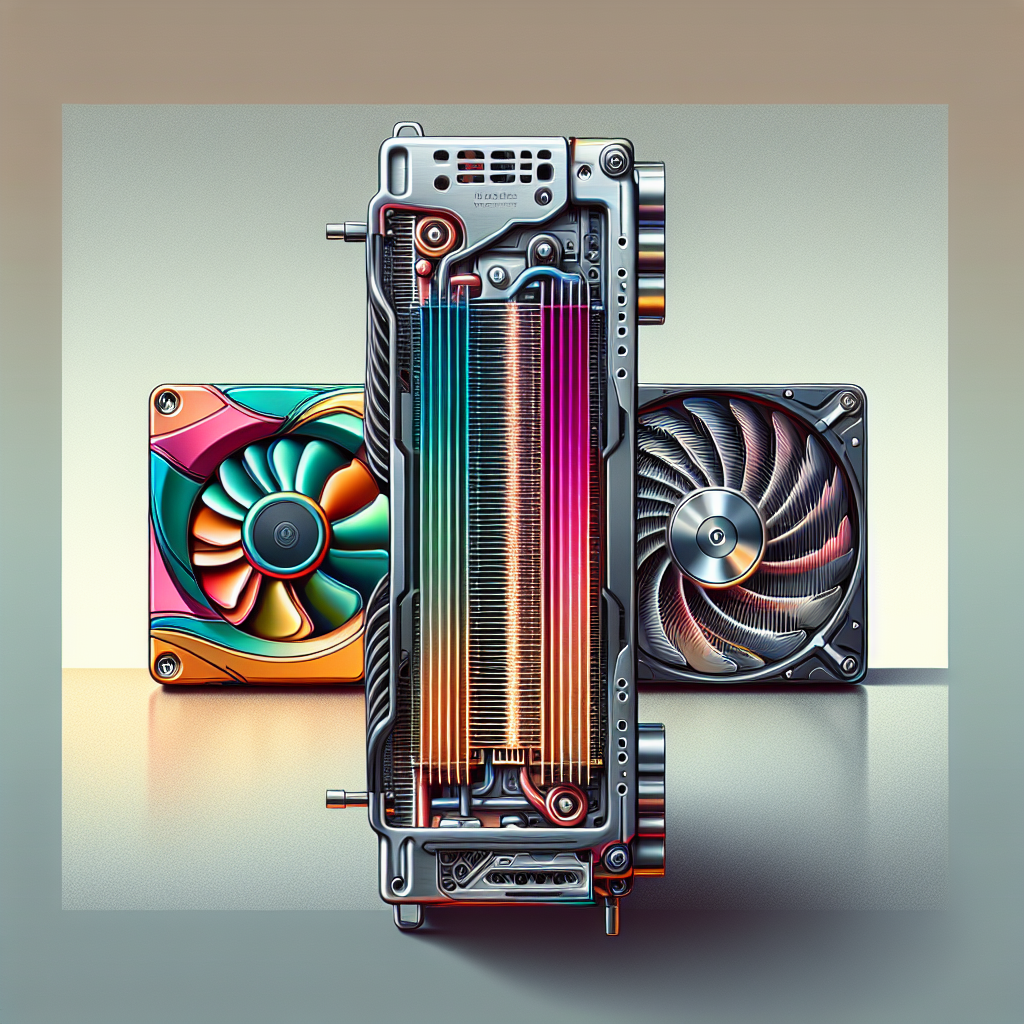
Why are some GPU coolers designed with vapor chambers?
Graphics Processing Units (GPUs) have evolved into highly complex and powerful components, essential for gaming, graphic design, video editing, and various computational tasks. As the capabilities of GPUs increase, so does the heat they generate. Effective cooling solutions are crucial to ensuring optimal performance and longevity. One of the advanced technologies employed in modern GPU coolers is the vapor chamber. In this article, we delve into why some GPU coolers are designed with vapor chambers, their benefits, and how they compare to traditional cooling methods.
What is a Vapor Chamber?
A vapor chamber is a flat, sealed chamber filled with a working fluid, commonly water. Inside, heat is absorbed by the liquid, causing it to evaporate and spread evenly across the chamber. The vapor then condenses back into liquid, releasing heat and allowing the cycle to repeat. This process highly enhances thermal conductivity.
Components of a Vapor Chamber
- Working fluid: Usually water, chosen for its high heat capacity and phase-change properties.
- Wick structure: Assists in the capillary movement of the liquid, ensuring even distribution.
- Enclosure: Hermetically sealed, typically made from materials with good thermal properties like copper or aluminum.
How Vapor Chambers Work in GPU Coolers
Vapor chambers are integrated into GPU coolers to distribute heat more evenly across the surface of the cooler. When the GPU generates heat, the working fluid inside the vapor chamber evaporates, spreading the thermal energy uniformly. The vapor then condenses back into liquid form, releasing the heat to the heat sink and fans attached to the GPU cooler.
Advantages Over Traditional Heat Pipes
| Feature | Vapor Chambers | Heat Pipes |
|---|---|---|
| Heat Distribution | Uniform across entire surface | Localized to heat pipe locations |
| Thermal Conductivity | Higher, due to phase change efficiency | Moderate, depends on pipe material |
| Design Flexibility | Can be shaped as flat plates | Limited by pipe structure |
Benefits of Vapor Chambers in GPU Coolers
1. Improved Thermal Performance
Vapor chambers provide superior thermal performance by spreading heat more efficiently than traditional heat pipes. This ensures that the GPU operates at lower temperatures, enhancing performance and preventing thermal throttling.
2. Uniform Heat Distribution
While heat pipes only remove heat from specific points, vapor chambers cover the entire surface, offering even heat distribution. This uniformity mitigates hot spots on the GPU, which can degrade performance and lifespan.
3. Compact Design
Vapor chambers are typically thinner than an array of heat pipes, allowing for more compact and innovative cooler designs. This is particularly beneficial in space-constrained environments, such as slim gaming laptops.
4. Reduced Noise Levels
With efficient heat distribution, the cooling fans can operate at lower speeds, resulting in quieter performance. For gamers and professionals who require a silent workspace, this is a significant advantage.
Limitations and Considerations
1. Cost
The sophisticated design and manufacturing process of vapor chambers make them more expensive than traditional heat pipes. However, the performance benefits often justify the additional cost, particularly in high-end GPUs.
2. Material Compatibility
The effectiveness of a vapor chamber can be influenced by the materials used in its construction. Ensuring compatibility between the working fluid and the chamber material is crucial for long-term reliability.
3. Maintenance
Vapor chambers are sealed units and require minimal maintenance. However, ensuring that the surrounding cooling components, such as fans and heat sinks, are clean and functional is vital for optimal performance.
Real-World Applications
High-performance GPUs, such as those used in gaming, data centers, and professional workstations, often incorporate vapor chambers. For example, NVIDIA and AMD have integrated vapor chambers in their flagship graphics cards, ensuring robust thermal management under heavy loads.
The Future of GPU Cooling
As GPU technology continues to evolve, the demand for efficient and effective cooling solutions will only increase. Vapor chambers are likely to become more prevalent in mainstream GPUs, pushing the boundaries of performance and reliability.
Conclusion
Vapor chambers provide a cutting-edge solution to the challenges of GPU cooling. Their ability to efficiently distribute heat, coupled with compact design and reduced noise levels, make them an indispensable component in modern high-performance GPUs. While they come at a higher cost, the benefits often outweigh the investment, particularly for demanding applications. As the industry continues to innovate, vapor chambers will undoubtedly play a crucial role in the future of GPU cooling technology.
